Henan Vest Machinery Co.,Ltd
Liquid Fertilizer
Liquid fertilizer is a form of fertilizer that can be applied directly or sprayed using water as a carrier. It includes various water-soluble fertilizers, such as liquid nitrogen, liquid phosphorus, liquid potassium, and compound liquid fertilizers. These fertilizers offer advantages such as ease of application and high absorption efficiency, and can be sprayed directly onto plant foliage or applied through irrigation systems. China EMCC provides customers with a complete liquid fertilizer production line.
The Liquid Fertilizer Production Line steps
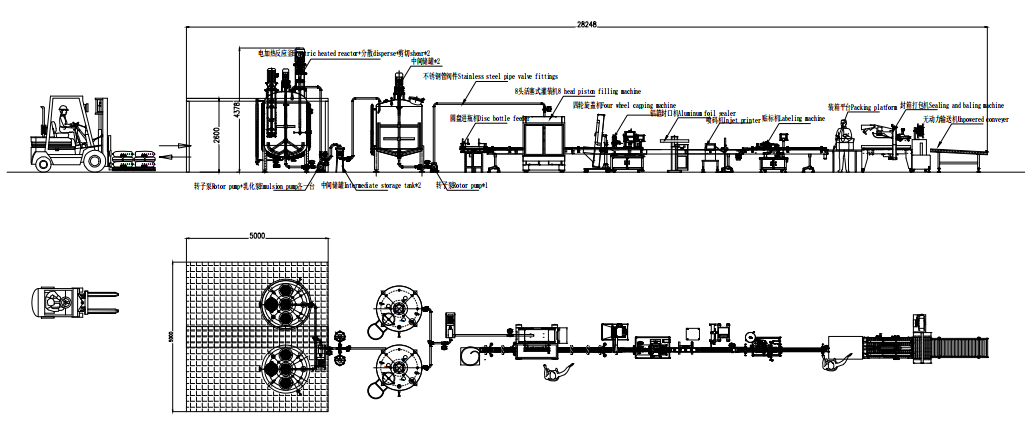
Raw Material Selection : Inorganic or organic fertilizers containing essential nutrients (such as nitrogen, phosphorus, and potassium) are selected as raw materials.
Formulation : The required nutrients are blended together to form a nutrient solution based on the fertilizer formula and crop requirements.
Dissolution : The blended fertilizer is dissolved in water to form liquid fertilizer.
Sieving and Filtration : The dissolved liquid fertilizer is sieved and filtered to remove large particles and insoluble matter.
Stabilization : Stabilization may be required to prevent sedimentation or stratification of nutrients during storage and use.
Packaging and Storage: The resulting liquid fertilizer is packaged and stored for transportation and sale.
Feel free to contact us for exclusive solutions!
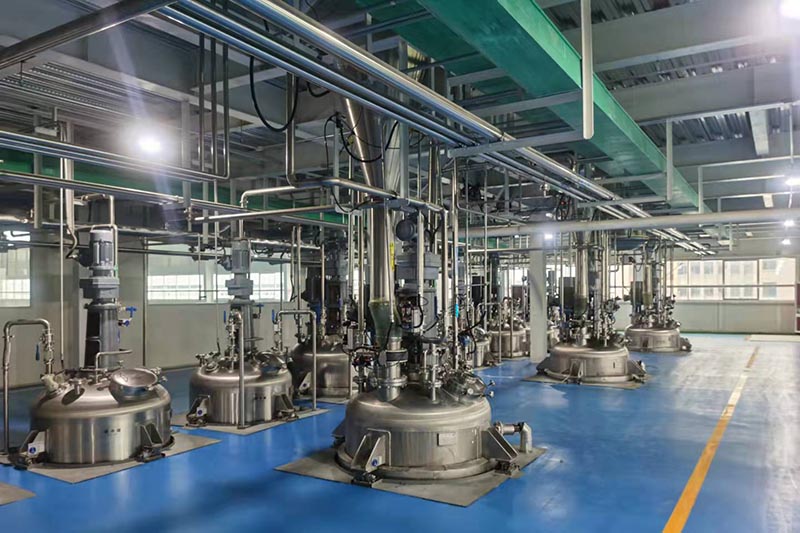
When selecting raw materials for liquid fertilizer, consider the following factors:
Nutrient Content : The raw materials should contain sufficient nutrients to meet the nutritional needs of the crop. For example, you may want to choose raw materials with high concentrations of nitrogen, phosphorus, and potassium.
Solubility : The raw materials must dissolve well in water to form liquid fertilizer. Insoluble materials may affect the fertilizer’s effectiveness or cause clogging of fertilizer equipment.
Stability : The dissolved raw materials should be stable and should not exhibit precipitation or separation during storage and use.
Safety : The raw materials should be safe and not harmful to humans, crops, or the environment.
Cost : Cost is also important when selecting raw materials to ensure that the production cost and selling price of the liquid fertilizer are economical. Common raw materials for liquid fertilizers include inorganic salts such as urea, potassium nitrate, ammonium nitrate, potassium dihydrogen phosphate, phosphoric acid, and potassium sulfate, as well as organic substances such as humic acid, amino acids, and protein hydrolysates. These raw materials are highly soluble and rich in nutrients, allowing for selection and blending based on specific needs.

When applying liquid fertilizers, the appropriate application rate and timing can be tailored to crop needs and soil conditions for optimal fertilization efficiency. Liquid fertilizers can quickly replenish crop nutrients, improving yield and quality while minimizing environmental impact.
We provide the design and equipment for the following fertilizer granulation systems
Give us a call or Simply Complete the Form
Address:Zhengzhou City, Henan Province, ChinaPhone:+86-15538359886Email:[email protected]
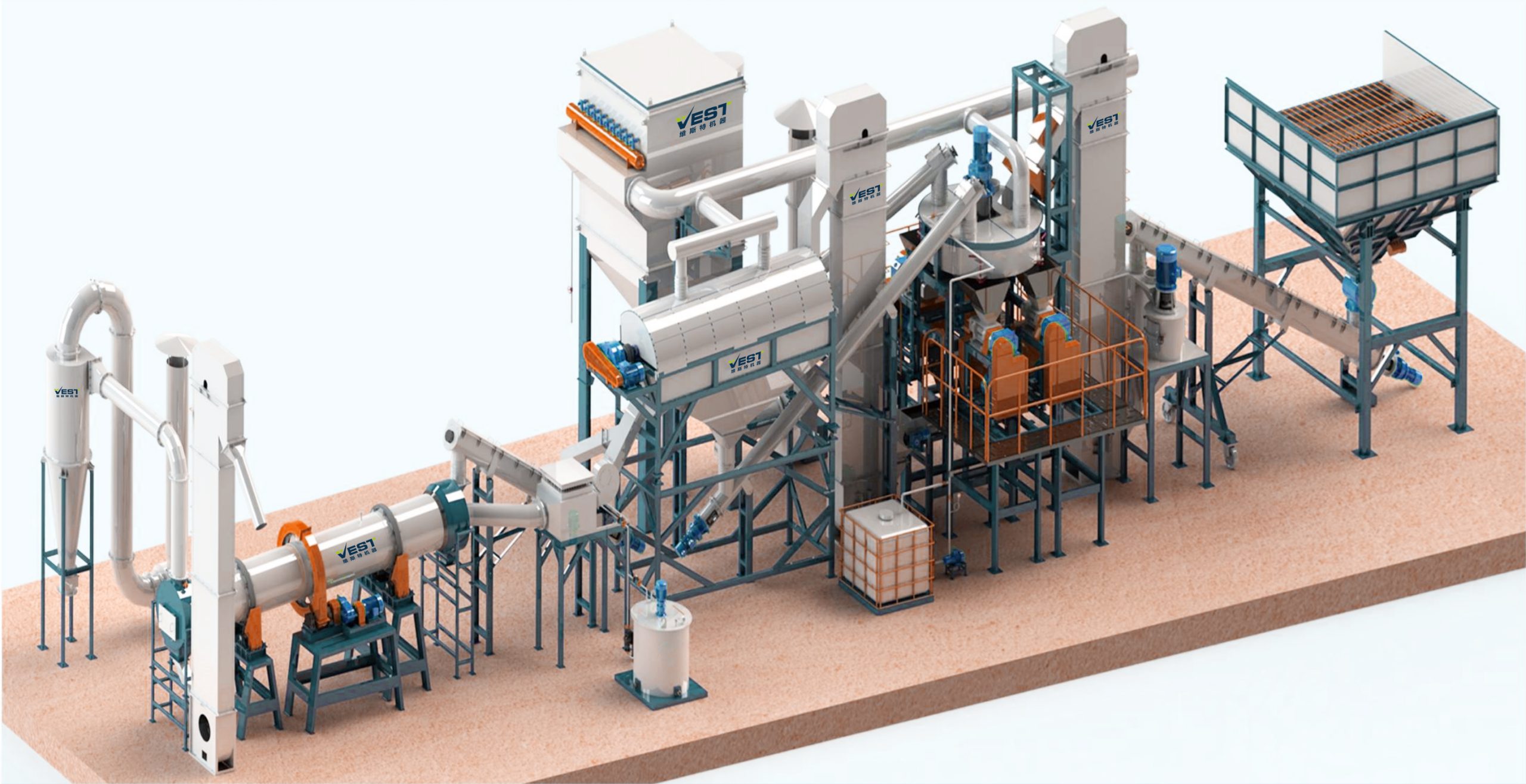
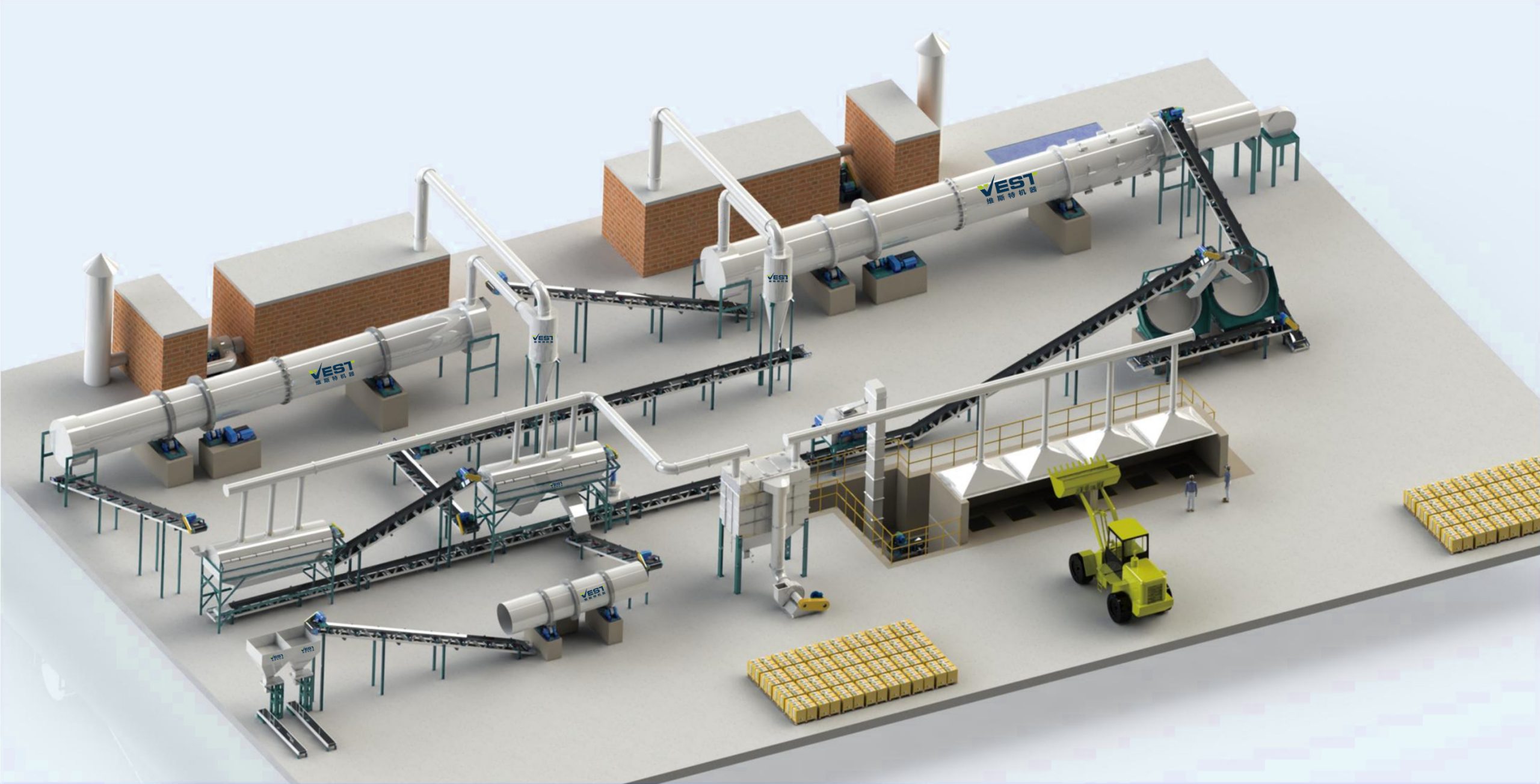
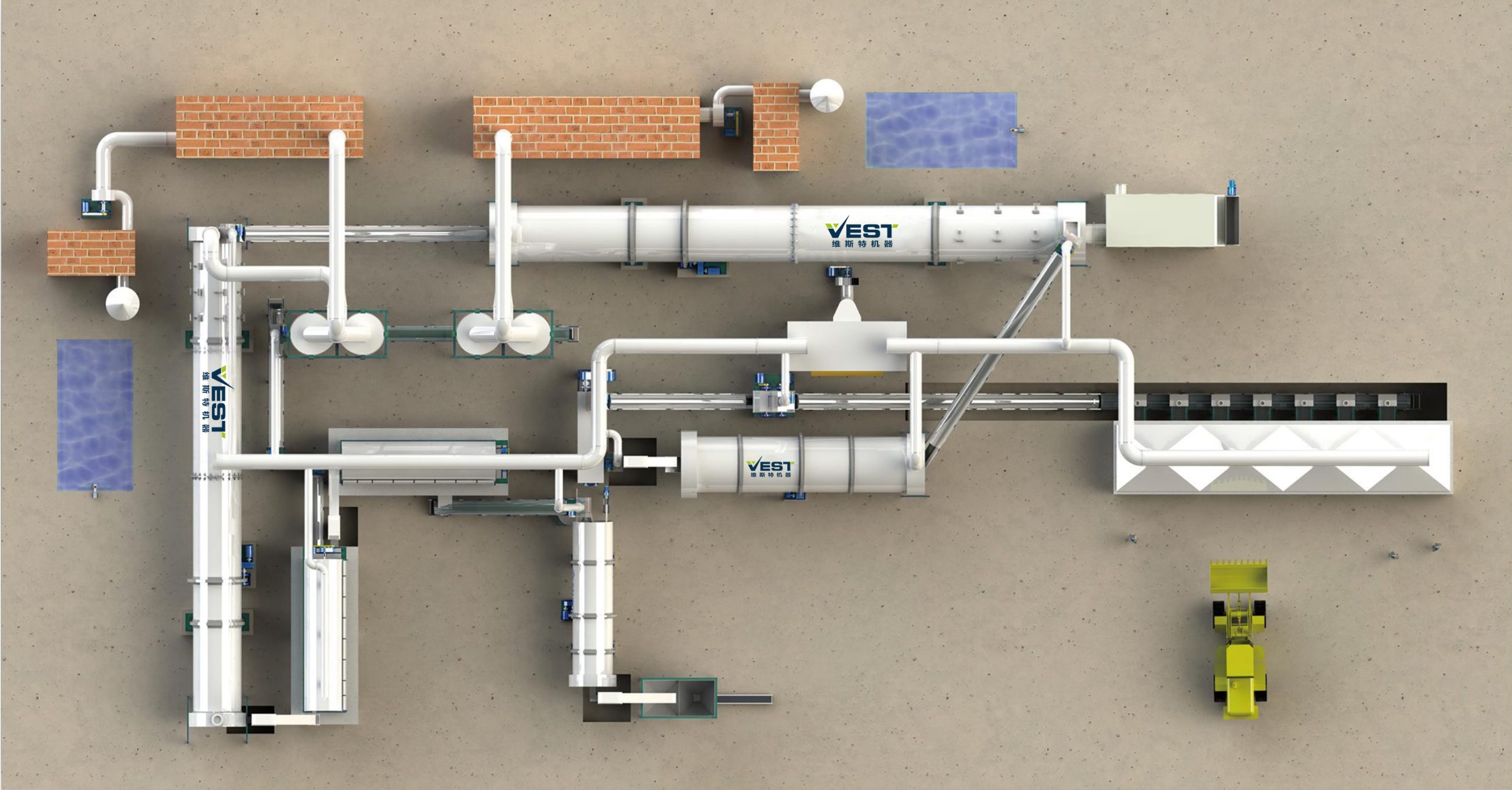
.png)